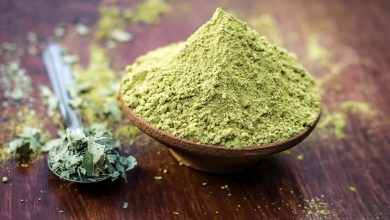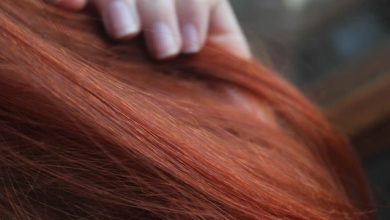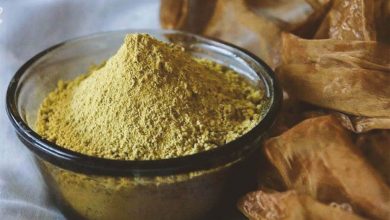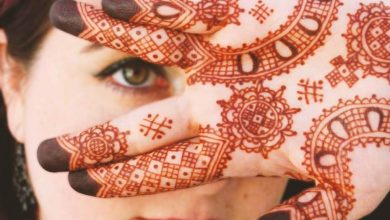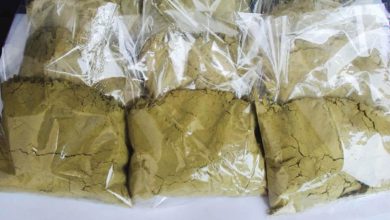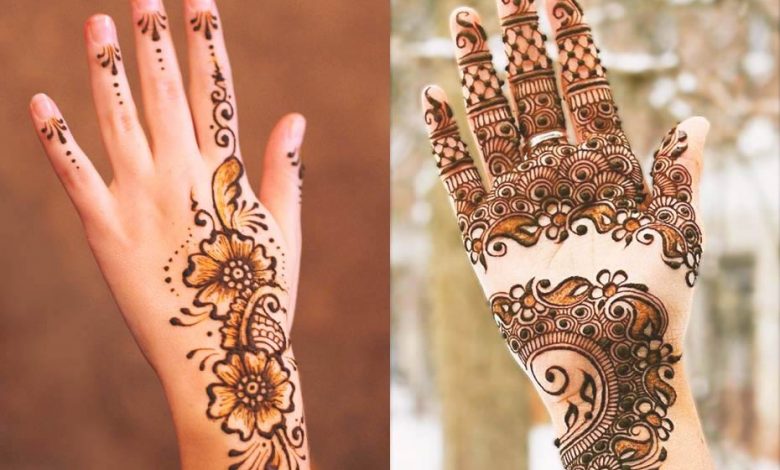
Henna vs Mehndi: What is it exactly?
Henna tattooing, or mehndi, is a traditional practice that consists of making drawings on the skin, usually of hands or feet. It is an ephemeral tattoo made with henna paste, a natural dye made from the powder of a plant (Lawsonia inermis).
These two words confuse Westerners as they seem to refer to the same thing. Is it the case? To make it easier for you so you can understand all the differences between henna and mehndi, we gathered, explained, and compared the differences between henna and mehndi in this article.
Henna
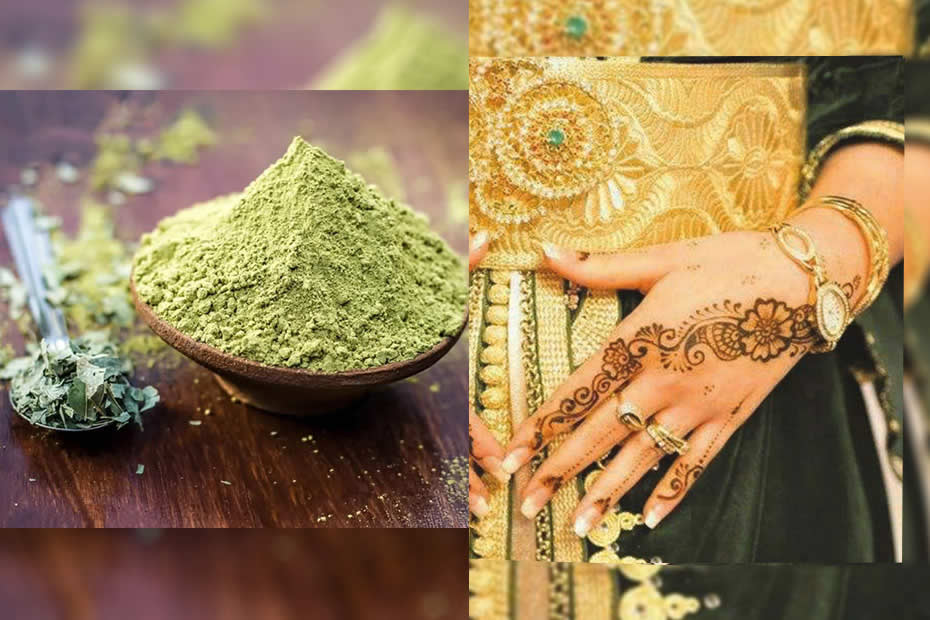
Henna is the name of a plant (where you can buy here) whose biological name is Lawsonia Inermis. This plant’s leaves are dried and powdered to be applied in artistic designs on body parts because its paste leaves a dark stain on the skin.
Henna has been known to man since ancient times and its leaves have been used to color not only the skin but also the hair, wool, and even leather. You should know that the word Henna is an Arabic word that has been adopted by the Western world. It is considered a type of temporary tattoo and a product that can be used to create beautiful artistic patterns on the human body (check out some stylish design sheets for henna tattooing). The henna tattoo is attributed to different symbolism depending on the country, but its aesthetics makes it an asset of feminine seduction, especially for brides.
Henna is considered a kind of tattoo by Westerners, but in Eastern countries, it is now part of the culture and its presence is considered suitable for ceremonies, celebrations, and weddings…
Read also: What is Moroccan henna?
Mehndi
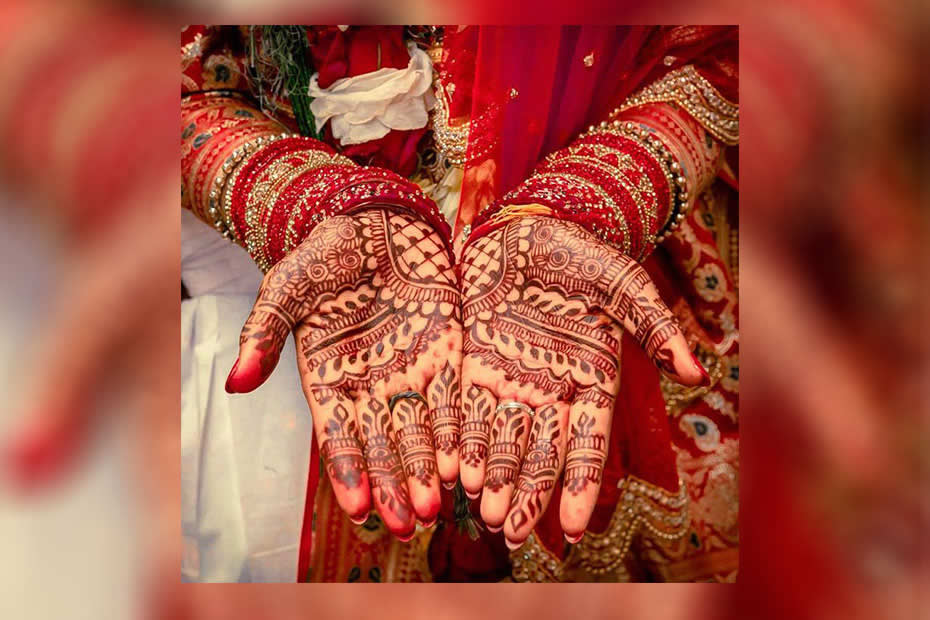
In the Indian subcontinent, the word mehndi is used to refer to henna. The word mehndi is derived from a Sanskrit word mendhika. Mehndi paste has been used since time immemorial in India to color and condition hair, but it has mainly been used to decorate the hands, feet, and other body parts of human beings, especially women… The use of mehndi and turmeric described in the earliest Vedic ritual books is considered very important in the Hindu traditions and customs.
The use of mehndi on favorable occasions, such as weddings, has attracted the imagination of Westerners. It is an integral part of all Hindu weddings and there is even a special ceremony called mehndi celebrated fervently by the bride’s friends and relatives a few days before the wedding ceremony…
Summary
Henna vs Mehndi: What is the difference between henna and Mehndi?
– Mehndi and henna are words that refer to the same plant that has been used to make a dye to color hair, skin, leather, wool, and many other products since time immemorial.
– While henna comes from an Arabic word, mehndi is a word that comes from a Sanskrit word. Henna is used more widely in the Muslim community and mehndi is used more widely in the Hindu community which is a very crucial part of their culture. There is a special ceremony called mehndi at the bride’s house just before the wedding, celebrated by all her friends and relatives. The elders believe that a bride who develops a dark spot of mehndi on her hands and feet will not fail to receive the love of her husband and mother-in-law…
– Henna is a dried leaf that is transformed into a ground powder mixed with water to form a paste. Mehndi is the final product of henna. In other words, the paste made from the dried leaves called henna. Therefore, henna is the Arabic name for mehndi, and mehndi is the Indian name for henna.
You can buy henna powder for ephemeral tattoos right here.
If you click on the link of a product on Kanbrik.com and decide to buy it, we can earn a small commission.

